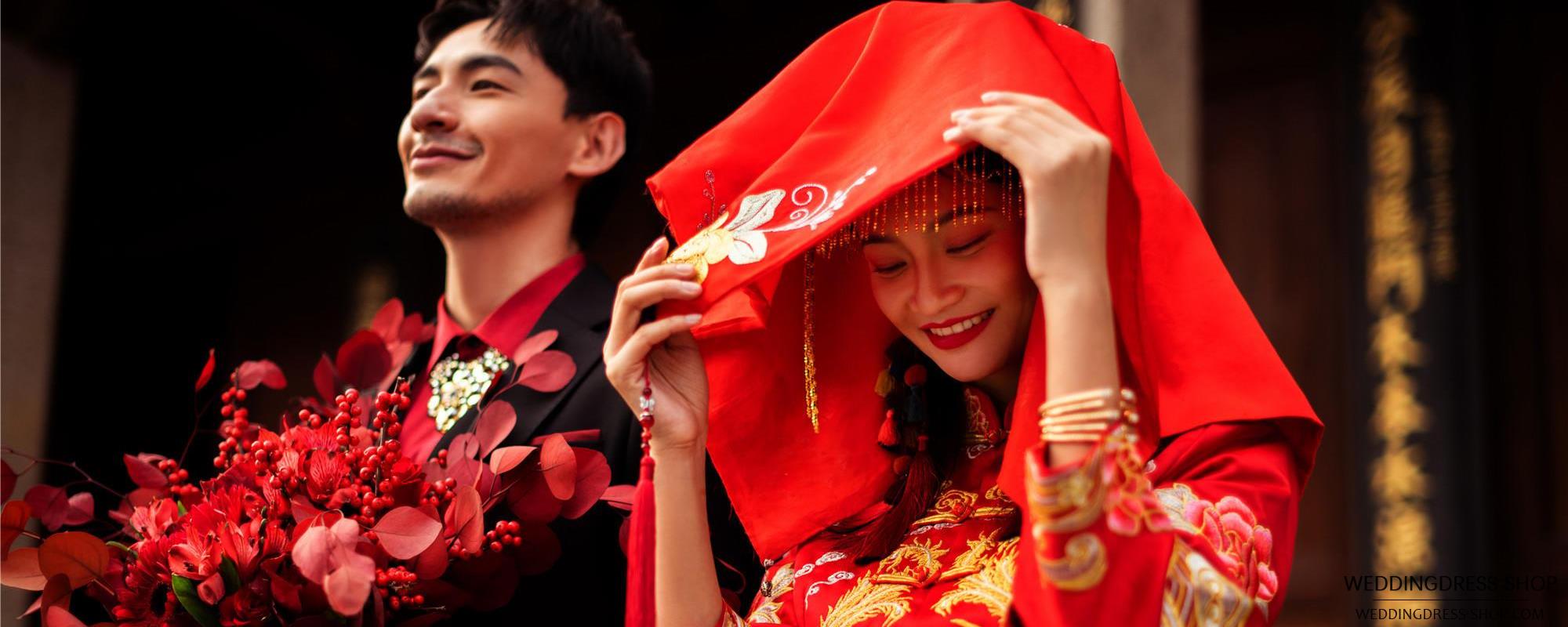The Three Teas and Six Rites is a traditional Chinese custom and etiquette in the process of marriage. Three teas refer to the "lower tea" during engagement, the "fixed tea" during marriage, and the "combined tea" during sexual intercourse. The Six Rites refer to the entire process from proposing to getting married, including the six ceremonies of accepting gifts, asking for names, receiving blessings, accepting rewards, requesting dates, and welcoming relatives. In ancient times, men and women were considered to have married through a matchmaker only after completing the Three Teas and Six Rites.

What does' Three Tea and Six Rites' mean
The Three Teas and Six Rites is a traditional Chinese custom and etiquette in the process of marriage. In ancient times, men and women were considered to have married through a matchmaker only after completing the Three Teas and Six Rites.
1. Three Tea Gifts
Tea serving: In ancient times, tea was used as a betrothal gift in marriage. After both parties reached a marriage agreement, the man needed to give some gifts to the woman to show sincerity, so "tea serving" was also known as the "betrothal gift".
Dingcha: In ancient times, when men and women got married, various rituals such as sending, welcoming, worshipping heaven, earth, and ancestors were required, so it was called "Dingcha".
Hecha: When entering the bridal chamber, the newlyweds should offer tea to each other, expressing their love and respect for each other as guests from now on. This is called "Hecha" Detailed Ancient Wedding Process
2. Six Rites
Na Cai: The man invites a matchmaker to propose to the woman at her home. If the woman discusses marriage with the matchmaker, the man must present some gifts as a gesture of marriage proposal to the woman.
Question: After the man agrees to propose marriage to the woman, he should bring her name and birthdate back home to prepare for the marriage ceremony and predict good or bad luck.
Najib: After the man asks for his name and marries, he needs to inform the woman of the auspicious signs of the marriage and give gifts to indicate the etiquette of engagement, and decide to enter into marriage.
Recruitment: After both parties enter into marriage, the male party shall deliver the letter of appointment and dowry to the female party, and the female party shall reciprocate accordingly.
Invitation: After selecting the wedding date, the male family sends the invitation letter to the female family to discuss the wedding date with her.
Qinying: The male party officially goes to the female party's house to marry the bride. Qinying includes various procedures such as welcoming the sedan chair, getting off the sedan chair, worshiping heaven and earth, and entering the bridal chamber. After the wedding, the six rituals are considered complete.
Recommended reading: What preparations are needed for ancient engagement? Engagement process steps